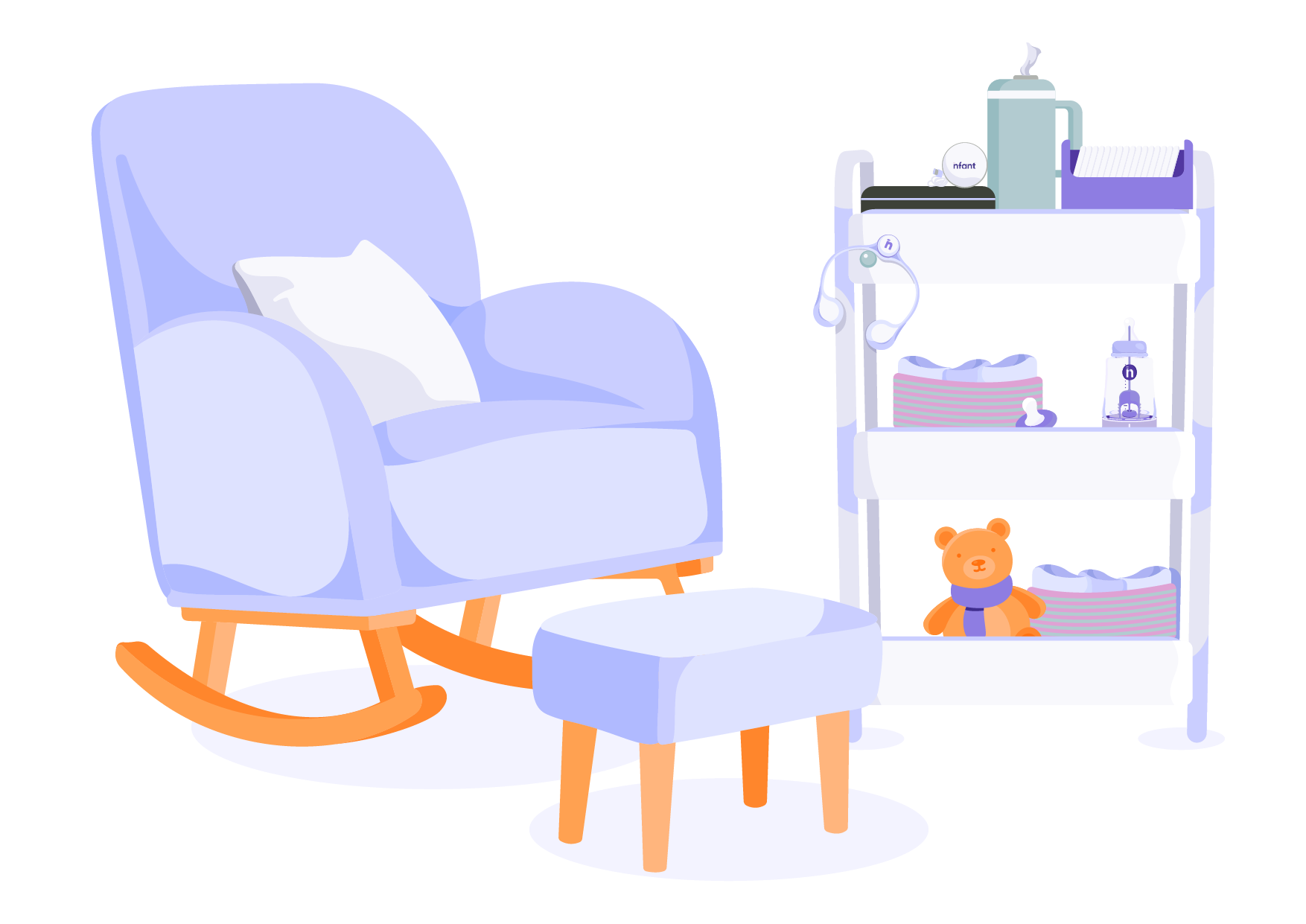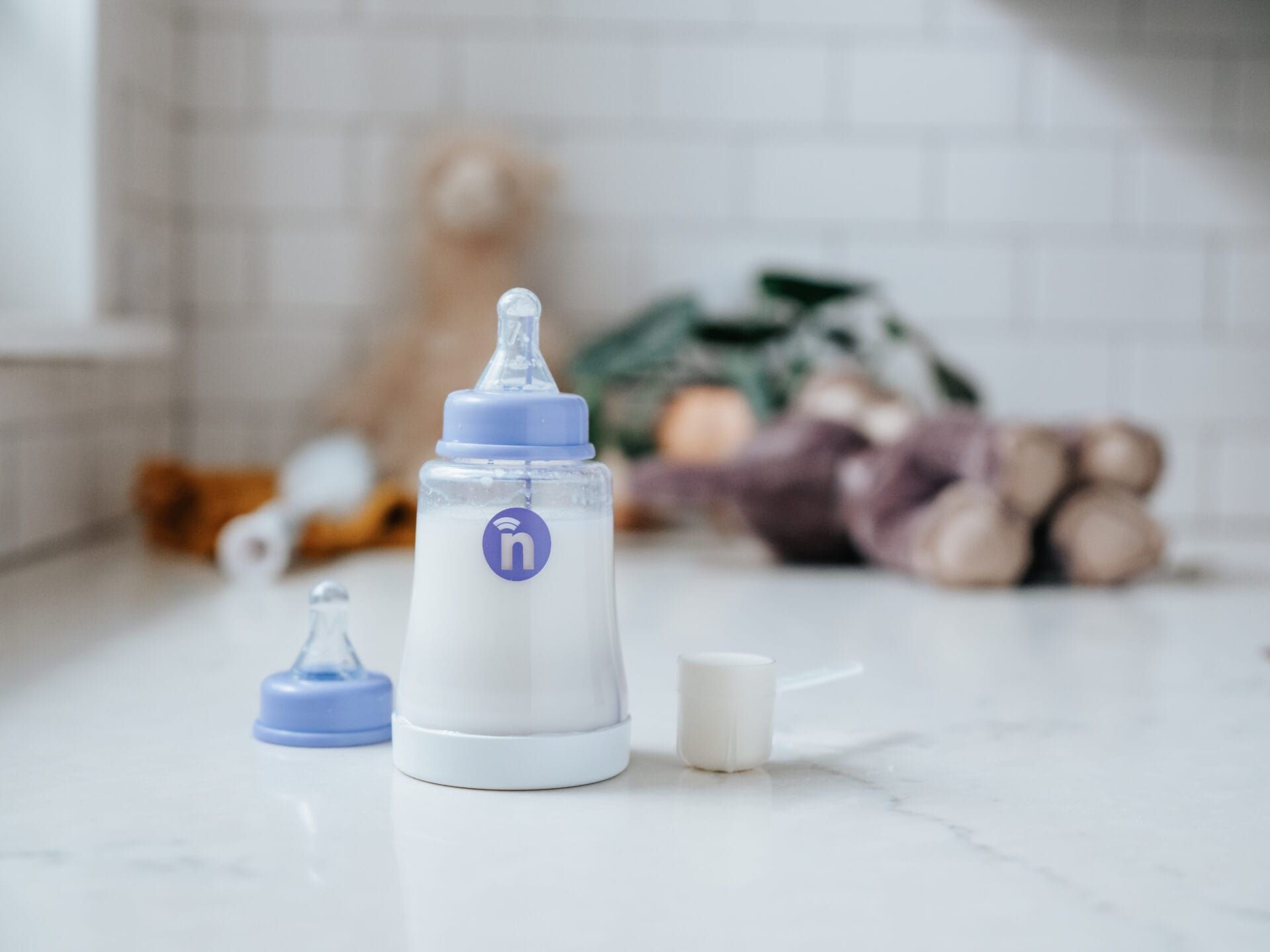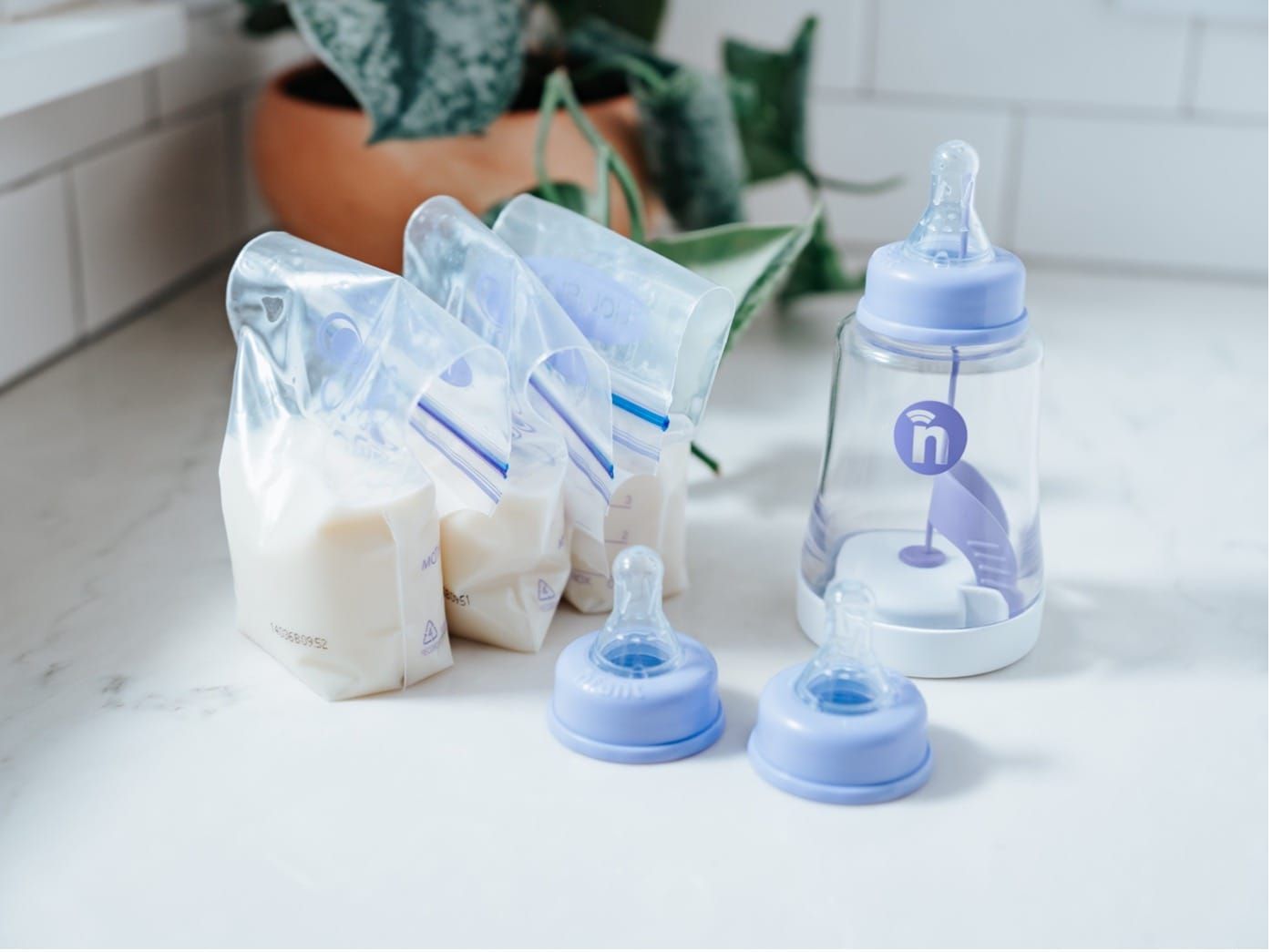Creating Your Feeding Station: A Guide for New Moms
Welcoming a newborn into your life is a beautiful experience, filled with joy, love, and numerous adjustments. Those early months are also filled with what will feel like a million feeding sessions. Fear not! A well-organized feeding station can reduce stress and make this task much more enjoyable. Whether you choose to breastfeed, bottle-feed, or a combination of both, setting up a feeding station with essentials will make your routine run more smoothly. Here’s how you can set up a feeding station to ensure every session is comfortable and efficient.
Essential items for your feeding station
A dedicated feeding station helps keep everything you need within arm’s reach, making feeding times smoother and more enjoyable for both you and your baby. A cozy and organized space can also help turn feeding sessions into special bonding moments. Here are some must-have items:
- Comfortable seating: Choose a spot that’s comfortable for you. This could be a chair, rocking chair, sofa, bed, or even a spot on the floor with lots of pillows. Ensure it offers good back support and comfort for extended periods.
- Feeding pillow: A feeding pillow can help position your baby correctly and provide support for your arms, reducing strain on your back and shoulders.
- Footstool or elevated surface: Having a small stool or an elevated surface to raise your knees above your hips can help you maintain a comfortable posture.
- Hydration: Keep a large glass of water (or your Stanley!) within reach. If you are breastfeeding, you may find that nursing can make you very thirsty, so staying hydrated is crucial.
- Burp cloths: Have towels, burp cloths (we love these super soft muslin burp cloths), receiving blankets, or a box of tissues on hand to catch any milk spills or baby spit-up. A wastebasket nearby is also helpful.
- Access to an outlet: Whether you are charging your breast pump, bottle warmer, or your phone, being close to an outlet can spare you a lot of aggravation.
Optional but handy items
- Diapering supplies: If you like to multitask, keep some diapers, wipes, and a changing pad at your station. This makes it easy to handle diaper changes without leaving your cozy spot.
- Snacks: Feeding can make you hungry. Keep some healthy, one-handed snacks like cheese, crackers, fruit, granola, seeds, and nuts within reach.
- Entertainment: Long feeding sessions can be a good time to catch up on reading or watch your favorite shows. Keep books, magazines, toys for an older sibling, a TV remote, and/or your phone handy.
- Nipple cream and breast pads: If you’re breastfeeding, nipple cream can soothe sore nipples, and breast pads can help manage leaking milk.
- Nightlight: A dim nightlight can help with nighttime feedings without fully waking up your baby.
Nursing carts: A practical solution
If you find yourself constantly searching for your pump, snacks, or cleaning supplies, a nursing cart might be the perfect solution. A nursing cart is a centralized spot to store and organize feeding, pumping, diapering, and other baby care supplies. Think of it as a customizable one-stop shop for all things related to feeding and caring for your little one.
Here’s how to get started:
- Choose your cart: Look for a utility cart with several tiers for maximum storage capacity. Portability is key, so choose one with wheels or casters for easy movement. Right now, moms are loving this utility cart from IKEA and this one from The Container Store.
- Organize by tiers: Use the top tier for items you need most frequently, like your water bottle, breast pump, bottle warmer, and other feeding supplies. Use the middle tier for diapering supplies and the bottom tier for snacks and additional baby care items.
- Personalize it: Tailor your cart to fit your needs. If you’re breastfeeding, pack it with all the essentials for feeding. If you’re using it mainly as a changing station, focus on diapering supplies.
Setting up a feeding station can make a big difference in your feeding journey. It ensures you have everything you need at your fingertips, making each feeding session more comfortable and enjoyable. Whether you choose a stationary setup or a mobile nursing cart, the goal is to create a space where you and your baby can relax and bond. Happy feeding!










